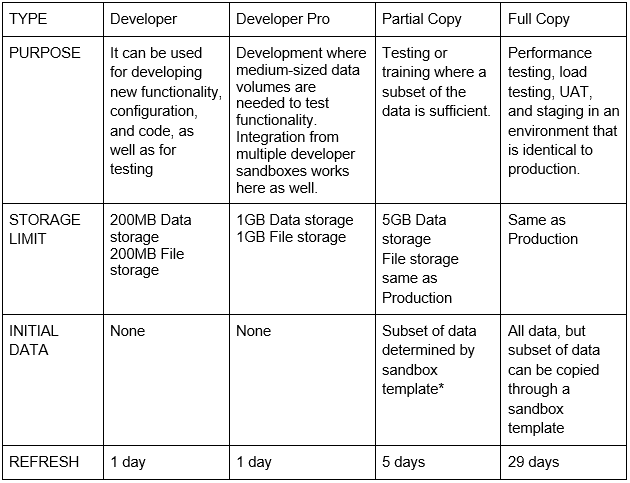When a company or client wants to implement a new feature in Salesforce as an admin, developer, consultant, or team of all three, they can utilize a Salesforce Sandbox to provide a solution to a company’s or client’s list of requirements.
A sandbox is a testing environment that contains a copy of a production instance that is linked to it. Sandboxes can contain data as well, and the amount of data depends on which type of sandbox you create. Sandboxes play a crucial part in the Software Development Lifecycle (SDLC). Development and testing in a sandbox ensures that there’s NO disruption to the production organization.
Software Development Lifecycle (SDLC)

New features and functionalities (as well as any changes to them) can be developed and configured in a developer sandbox. It’s then tested by end users in a test instance. This is usually the User Acceptance Testing (UAT) phase. After validating that the changes won’t break existing functionality, they can be moved into the production instance using change sets or other third-party migration tools.
Salesforce Sandbox Types

*Note: The sandbox template is required for a partial copy sandbox to define the records that should be copied from production.
Salesforce Sandboxes provide a vital testing environment that helps reduce risk when deploying updates and new applications to your users. That said, developing an intuitive sandbox can be time-consuming for an IT team that already has its hands full trying to put out fires elsewhere. Learn why investing in a third-party partner to help is worthwhile.






